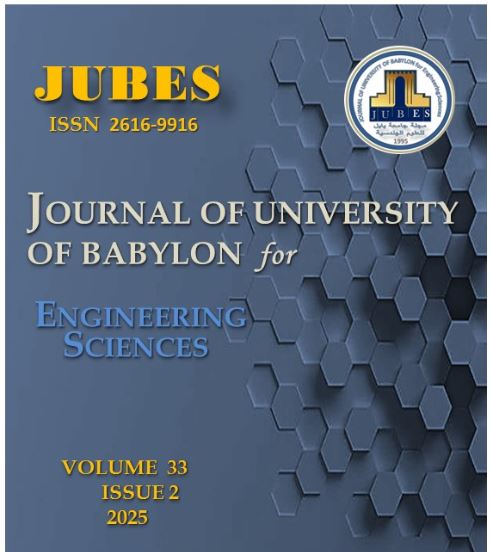Modification of Hot Mix Asphalt and its Resistance to Pavement Distresses: A Scientific Metric Analysis and Bibliometrics Review
Main Article Content
Abstract
Hot Mix Asphalt (HMA) technologies have undergone significant advancements in pavement engineering, with modern modifications enhancing its rheological properties and increasing resistance to cracking, rutting, and moisture damage. These improvements have contributed to extending pavement lifespan and reducing maintenance costs, making HMA a more sustainable choice for infrastructure. Polymer-modified and rubberized asphalt mixtures have demonstrated superior performance compared to conventional asphalt, offering enhanced durability under heavy traffic loads and harsh environmental conditions. Additionally, the use of recycled materials, such as rubber from discarded tires, improves durability while reducing environmental impact. These technologies are widely applied in infrastructure projects, including highways, bridges, tunnels, industrial areas, and airport aprons, leading to improved overall performance and lower maintenance costs. This study will analyze research trends on the effects of modified asphalt mixtures on pavement performance using the Dimensions database and VOS Viewer software. Furthermore, the study will identify key contributing countries and institutions, as well as examine research collaboration networks among scholars, aiming to provide insights that support the development and enhancement of modified asphalt mixtures for superior performance and greater sustainability.
Downloads
Article Details
Section

This work is licensed under a Creative Commons Attribution 4.0 International License.
